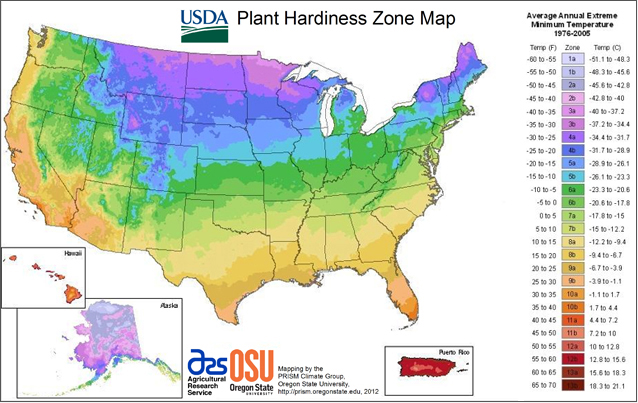Wormwood Seeds - Artemesia Absinthium - Common Wormwood
- Regular price
- $4.99
- Unit price
- per
-
Artemisia absinthium - Non-GMO, Open-Pollinated, Heirloom, Untreated
-
Striking Silvery-Green Foliage: Known for its finely-divided, feathery leaves covered in fine, silvery hairs, creating a beautiful contrast in any garden bed.
-
Highly Aromatic: The foliage has a strong, bitter, and distinct scent, historically used in herbal preparations and for its aromatic properties.
-
Deer and Rabbit Resistant: The bitter flavor and strong aroma of the plant naturally deter deer and rabbits, making it an excellent addition to gardens in areas with wildlife.
-
Natural Pest Repellent: Companion planting with wormwood is believed to help deter a number of garden pests, including cabbage moths, flea beetles, and slugs.
-
Drought-Tolerant: Once established, this hardy perennial is incredibly resilient and thrives in dry, poor soil, making it a low-maintenance choice for xeriscaping or rock gardens.
-
Historical and Herbal Significance: A historically important herb, famously used as a key ingredient in absinthe, and with a long history of use in traditional medicine.
-
Unique Ornamental Texture: Adds a soft, silvery texture to garden landscapes, providing a striking visual element when combined with other green-leafed plants.
USDA Hardiness Zones
USDA Hardiness Zones

Planting Tips
Planting Tips


